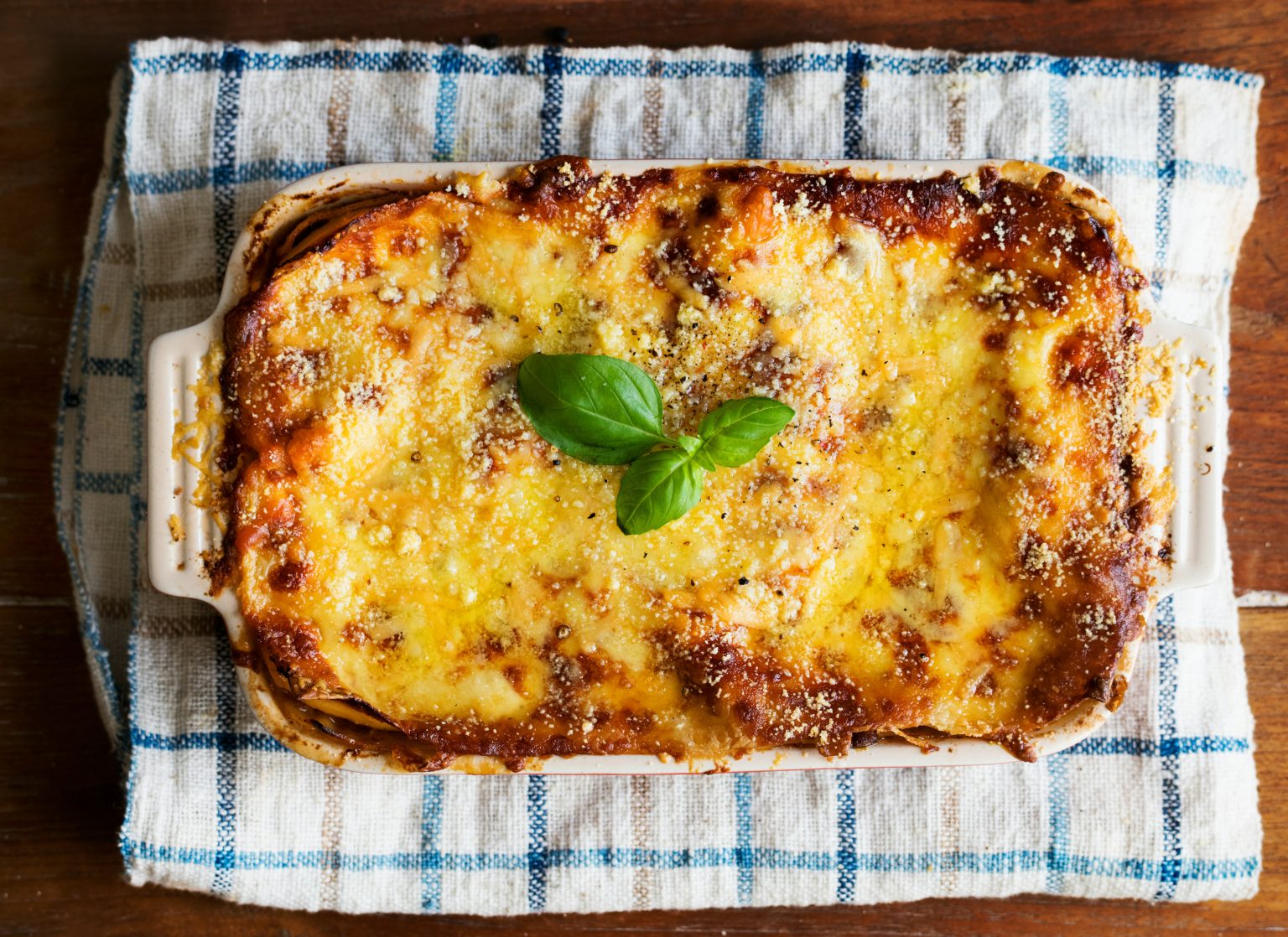In the world of British comfort food, few dishes stand out as much as the classic Cottage Pie and Shepherd’s Pie. These hearty casseroles are a staple in many homes across the United Kingdom, bringing warmth and satisfaction with every bite. The primary difference between Cottage Pie and Shepherd’s Pie lies in the type of meat used: Cottage Pie is made with beef, while Shepherd’s Pie uses lamb. This simple distinction shapes the flavour profiles and textures of each dish.
Both pies feature a rich meat filling, paired perfectly with a layer of creamy mashed potatoes on top. Cottage Pie often utilises beef gravy, enhancing the dish’s savoury depth. On the other hand, Shepherd’s Pie allows the natural juices from the lamb to create a unique, subtly sweet gravy during cooking. These subtle differences lend each pie its distinct character, making each worthy of its place in British cuisine.
For anyone looking to delve into the heart of British culinary tradition, understanding these two iconic dishes is essential. Shepherd’s Pie offers a taste of pastoral life, reflecting its origins with the use of lamb, while Cottage Pie presents a more universally enjoyed beef version. Ultimately, both deliver the comforting, hearty flavours that make them favourites in homes across the United Kingdom.
Historical Origins and Evolution
Both Cottage Pie and Shepherd’s Pie have rich histories that trace back to the United Kingdom. These dishes, though similar, have specific origins and distinct variations in their traditional ingredients.
Origins in the United Kingdom
Shepherd’s Pie and Cottage Pie are rooted in the culinary traditions of the United Kingdom, especially in the late 18th and early 19th century.
Shepherd’s Pie, specifically, was first documented in Scotland in 1849. This dish became a staple among Irish and Scottish communities. Its creation was a way to use leftover roasted meat, traditionally lamb or mutton, combined with a layer of mashed potatoes.
On the other hand, Cottage Pie predates Shepherd’s Pie and was initially documented as a dish for the peasant class. “Cottage” implies the modest homes, or cottages, of rural workers. Unlike Shepherd’s Pie, Cottage Pie traditionally uses beef.
These dishes have since evolved and crossed over into different cuisines, even inspiring French culinary adaptations like Hachis Parmentier.
Traditional Ingredients and Variations
The key ingredient difference lies in the type of ground meat used. Cottage Pie features ground beef, while Shepherd’s Pie uses minced lamb or mutton.
Shepherd’s Pie often relies on the juices released during lamb cooking for its gravy. By contrast, Cottage Pie traditionally uses beef gravy. Both are topped with a thick layer of mashed potatoes, giving them their hearty, comforting feel.
Over time, variations have emerged. Some modern recipes include vegetables like carrots, peas, and celery for added flavour and nutrition. The cooking method and core ingredients remain relatively consistent, albeit with regional twists.
Other similar dishes, such as Hachis Parmentier in French cuisine, reflect these influences. They too use ground meat and mashed potatoes but with distinct French flavours and cooking techniques.
The evolution of these pies showcases the adaptability and enduring popularity of these classic British dishes.
Culinary Techniques and Components
Cottage pie and shepherd’s pie share many similar ingredients and cooking techniques. They both feature a hearty meat and vegetable base topped with mashed potatoes, but their preparation varies slightly depending on the type of meat used.
Preparation of Meat and Vegetable Base
For cottage pie, ground beef forms the base, while shepherd’s pie uses lamb. The meat is browned in a pan, where the juices are left to enhance the flavour. Onions, carrots, celery, and garlic are added to the meat mixture to create a rich and savoury base.
Spices like thyme and rosemary can be included for extra flavour. Gravy for shepherd’s pie is typically made using the liquid released during lamb cooking, whereas beef broth or stock is used for cottage pie. Worcestershire sauce, soy sauce, or red wine may also be added to deepen the taste. Peas are often stirred into the mix for added texture and sweetness.
Assembling and Baking the Pie
Mashed potatoes, usually made from russet potatoes, butter, milk, and cream, form the topping for both pies. The mashed potatoes should be creamy but firm enough to hold their shape during baking. Some variations may include grated cheese for extra richness.
The meat and vegetable mixture is transferred to a baking dish, ensuring an even layer. Next, the mashed potatoes are spread over the top, covering the meat completely. Using a fork to create peaks can help to brown the top nicely during baking.
The pie is then baked in a preheated oven, usually at 200°C, until the top is golden and the filling is bubbling. This typically takes around 20-30 minutes. This baking process melds the flavours together and creates a comforting, hearty dish.



